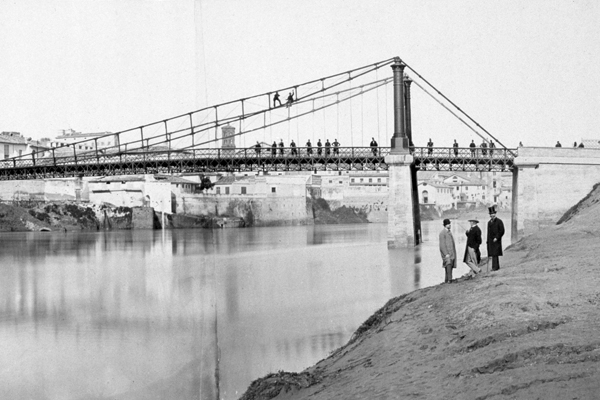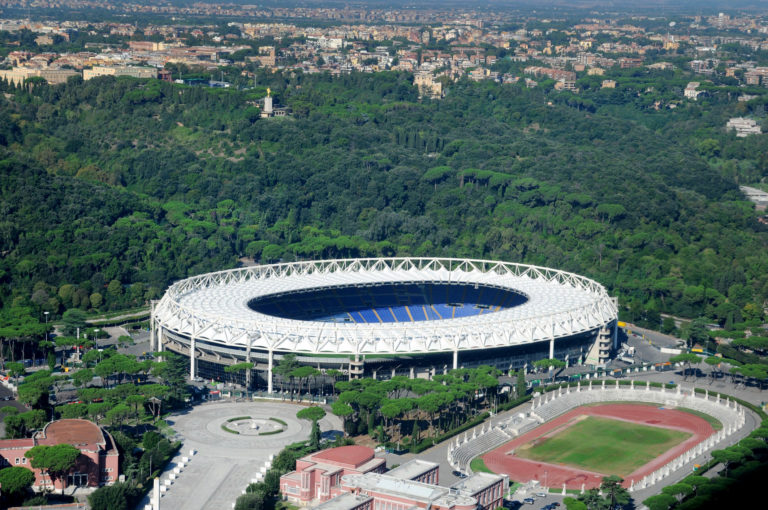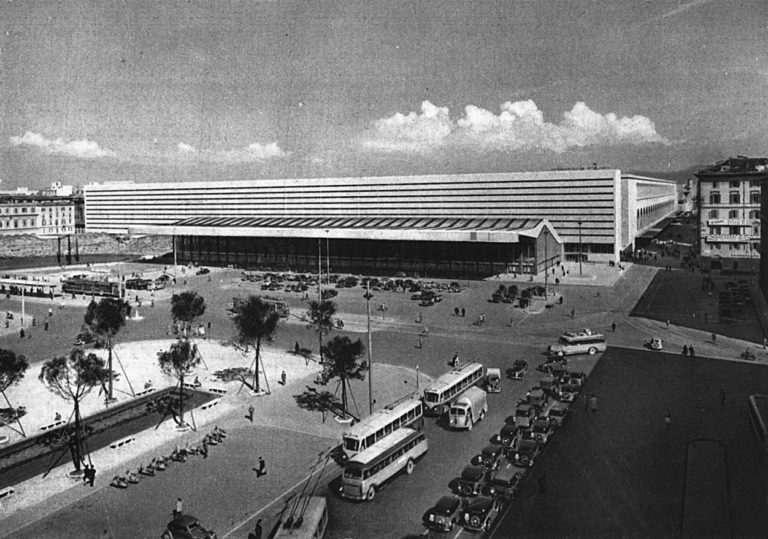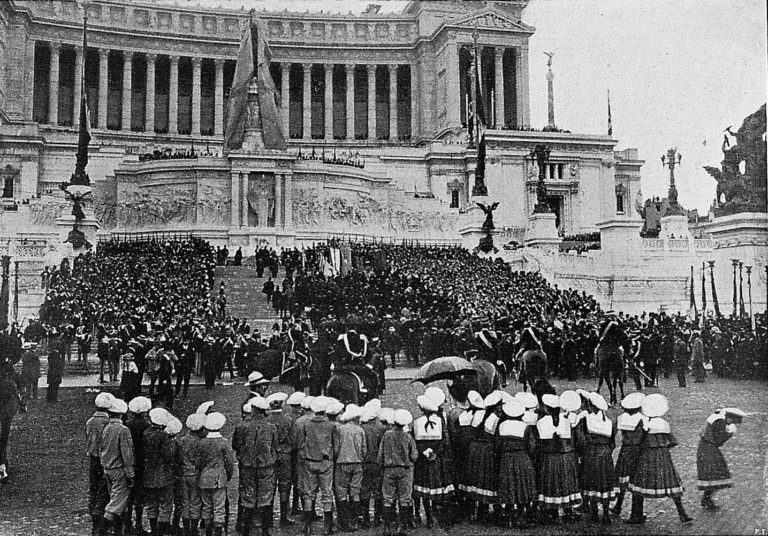The Histories of Architecture.Engineering and architecture in Rome: the language of structures
other events of the Le storie dell'architettura 2016 cycle

Monday closed
Tuesday to Sunday 11 am – 7 pm
Tuesday 24 December 11 am > 4 pm
Monday 25 December closed
Tuesday 31 December 11 am > 4 pm
Wednesday 1 January 11 am > 7 pm
Monday 6 January 11 am > 8 pm
for young people aged between 18 and 25 (not yet turned 25); for groups of 15 people or more; La Galleria Nazionale, Museo Ebraico di Roma ticket holders; upon presentation of ID card or badge: Accademia Costume & Moda, Accademia Fotografica, Biblioteche di Roma, Centro Sperimentale di Cinematografia, Enel (for badge holder and accompanying person), FAI – Fondo Ambiente Italiano, Feltrinelli, Gruppo FS, IN/ARCH – Istituto Nazionale di Architettura, Sapienza Università di Roma, LAZIOcrea, Palazzo delle Esposizioni, Amici di Palazzo Strozzi, Accademia Nazionale di Santa Cecilia, Scuola Internazionale di Comics, Teatro Olimpico, Teatro dell’Opera di Roma, Teatro di Roma, Università degli Studi di Roma Tor Vergata, Youthcard; upon presenting at the ticket office a Frecciarossa or a Frecciargento ticket to Rome purchased between 27 November 2024 and 20 April 2025
valid for one year from the date of purchase
minors under 18 years of age; disabled people requiring companion; EU Disability Card holders and accompanying person; MiC employees; myMAXXI cardholders; registered journalists with a valid ID card; European Union tour guides and tour guides, licensed (ref. Circular n.20/2016 DG-Museums); 1 teacher for every 10 students; AMACI members; CIMAM – International Committee for Museums and Collections of Modern Art members; ICOM members; journalists (who can prove their business activity); European Union students and university researchers in art history and architecture, public fine arts academies (AFAM registered) students and Temple University Rome Campus students from Tuesday to Friday (excluding holidays); IED – Istituto Europeo di Design professors, NABA – Nuova Accademia di Belle Arti professors, RUFA – Rome University of Fine Arts professors; upon presentation of ID card or badge: Collezione Peggy Guggenheim a Venezia, Castello di Rivoli Museo d’Arte Contemporanea, Sotheby’s Preferred, MEP – Maison Européenne de la Photographie; on your birthday presenting an identity document
MAXXI’s Collection of Art and Architecture represents the founding element of the museum and defines its identity. Since October 2015, it has been on display with different arrangements of works.


26 Dec 2024 12.00 pm
guided toursThe Large Glass
26 Dec 2024 04.30 pm
MAXXI for familiesForme danzanti
6 Jan 2025 12.00 pm
guided toursGuido GuidiCol tempo, 1956-2024
6 Jan 2025 04.30 pm
MAXXI for familiesOggetti incredibili e come progettarli
14 Jan 2025 06.00 pm
lectureMongolian Buddhist Art and Zanabazarby Geshe Lharampa Javzandorj Dulamragchaa




MAXXI Auditorium – admittance €5.00; admittance to 5 seminars €20; free for myMAXXI cardholders.
The purchase of a ticket allows for reduced price museum entrance (€8) within one week of issue.
Five lectures examining the urban and architectural history of modern and contemporary Rome from 1870 to the present day
Between the middle of the 19th and the end of the 20th centuries, a school of engineering of great international standing was established in Italy, with Rome being the principal theatre of its successes. The greatest structural designers competed to design a bridge or a dome, to leave a structural mark in the eternal city: Cottrau, Porcheddu, Krall, Nervi, Morandi, Zorzi, Musmeci… This two-handed lecture explores the two centuries, telling a number of interesting stories about courageous men who enhanced with city with structural masterpieces: from the first, highly original suspension bridges over the Tiber to the epic adventure of the Ponte del Risorgimento; from the planetarium at the Terme di Diocleziano to the domes for the 1960 Rome Olympics; from the incredibly slim metro bridge through to the most recent works marked by Italian engineering’s identity crisis.
Sergio Poretti, a construction historian, won the ERC Advanced Grant in 2011 with the research programme SIXXI – the History of Structural Engineering in Italy, which he leads with a team of young researchers from the University of Rome Tor Vergata. Among other works he has published: Progetti e costruzione dei Palazzi delle Poste a Roma (1990), Il restauro delle Poste di Libera (2005), Modernismi Italiani (2008), SIXXI 1 (2014) and SIXXI 2 and SIXXI 3 (2015). He has a passion for photography, above all of Rome.
Tullia Iori teaches Technical Architecture at the University of Rome Tor Vergata. A protégé of Sergio Poretti, she has always dealt with the history of construction, and in particular the history of structural engineering. She is currently involved in the SIXXI research project. She has published a number of books and essays on the history of reinforced concrete in Italy, on Pier Luigi Nervi and his works (also co-curating the monographic exhibition at MAXXI in 2010).
The Histories of Architecture. Lectures on Rome
27 February – 14 May 2016
The first edition of The Histories of Architecture: this year the series examines the transformations in the architecture of the capital from 1870 through to the present day.
Introductions by Margherita Guccione, director MAXXI Architettura.